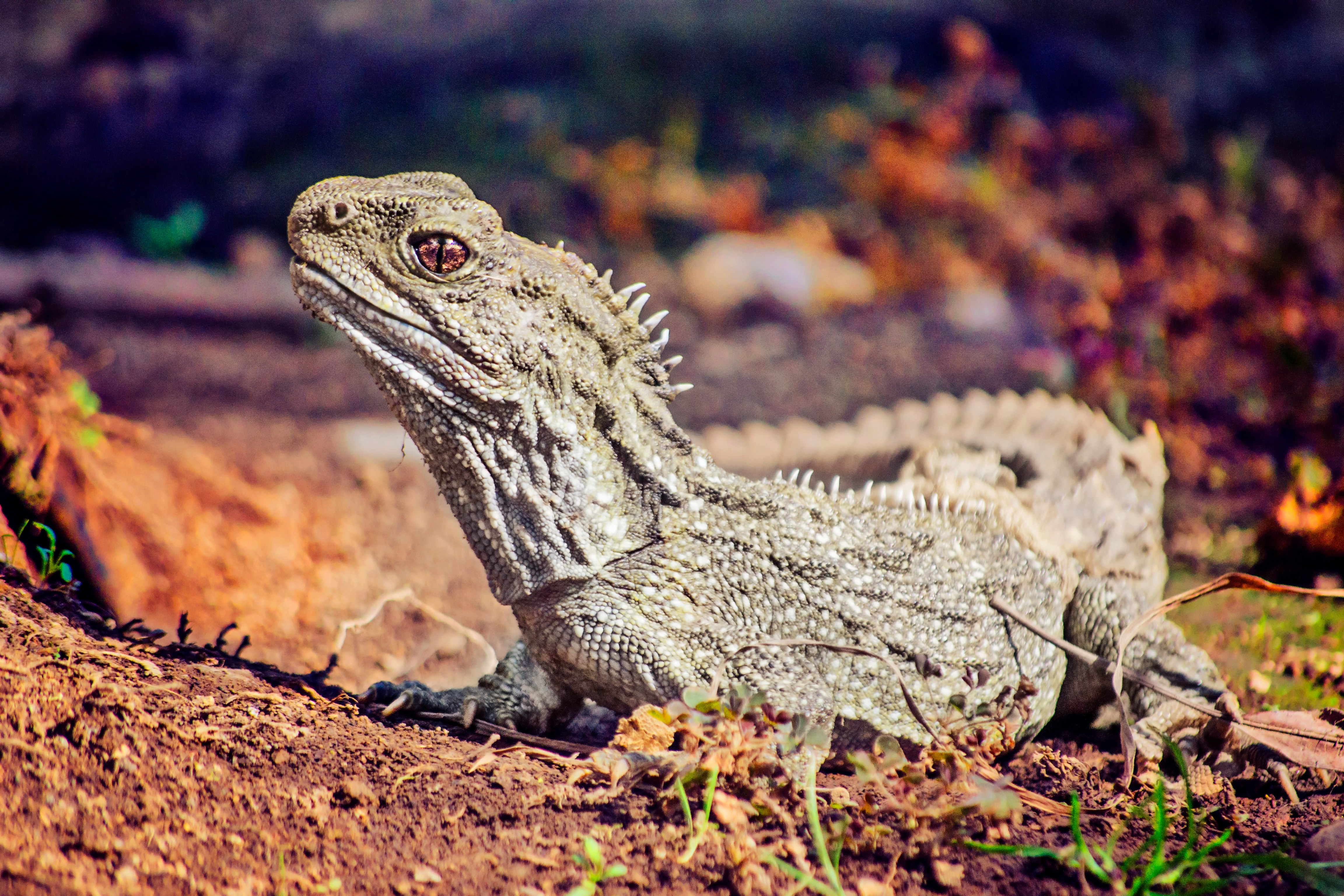Expert Reaction
These comments have been collated by the Science Media Centre to provide a variety of expert perspectives on this issue. Feel free to use these quotes in your stories. Views expressed are the personal opinions of the experts named. They do not represent the views of the SMC or any other organisation unless specifically stated.
Professor Brett Gartrell, Professor in Wildlife Health and Director of the Wildbase Research Centre at Massey University, and an author of this paper
We think this paper is important because it suggests that tuatara are susceptible to anticoagulant poisoning from brodifacoum and this has implications for both the captive management of tuatara, but also the use of rodenticides in tuatara habitat, such as offshore islands and mainland sanctuaries.
"Brodifacoum is a widely used poison to control rats and mice in New Zealand and we need to take care in its application to ensure that native wildlife are not affected.
Professor James Russell, School of Biological Sciences, University of Auckland
Brodifacoum is a powerful toxin that prevents blood clotting and this study presents evidence of it causing harm to tuatara. This is important in New Zealand where little is known about the impacts of toxins such as brodifacoum on reptiles, even though New Zealand is a biodiversity hotspot for reptiles with over 100 endemic species.
"The use of toxins must always be carefully considered and managed. Indiscriminate use of toxins can cause unintended harms, as was certainly the case here. However, toxins are also important in managing threats to reptiles – the greatest of which is introduced rodents. Thanks to the judicious use of brodifacoum rodents have been eradicated from over 100 islands around New Zealand saving tuatara and many other native species.
"What is unclear in this study is the context of brodifacoum use in the environment where the tuatara were housed. Although DOC only use brodifacoum for one-off permanent eradication operations, the toxin is readily available over the counter for private use. Almost certainly the use of brodifacoum in this case was ongoing and eventually building up to a lethal dose in the tuatara. It is for this reason that many pest controllers are shifting their long-term pest control strategies to use less toxic alternatives.
"Although brodifacoum can cause unintended harm when used excessively, when used carefully for rodent eradications, it saves many more birds, reptiles and insects whose species would otherwise be at risk of extinction in New Zealand.
Professor Nicola Nelson, Dean of Te Wāhanga a Manaia – Faculty of Science and Engineering, Te Herenga Waka - Victoria University of Wellington
The finding of Brodifacoum presence in tuatara tissues, most likely achieved by eating animals that had consumed baits and then been accessed by tuatara, is concerning. It's great to see this work published and available. We expect tuatara to live to a ripe old age, so deaths are important to explain.
"Although it's very hard to be definitive in the identification of cause of death, that the symptoms are consistent with anticoagulant poisoning is extremely important information going forward. Not only will this study inform future veterinary care to support tuatara, it's also extremely relevant context for the use of anticoagulants. Brodifacoum, for example, can be purchased and used by the general public, and it's consumed by the likely target animals: rats and mice, and invertebrates. These animals can therefore distribute the anticoagulant in a halo out from the source, say, in your roof space.
"We don’t understand enough about the levels that cause death in our native species or the sub-lethal consequences. For reptiles with body temperatures following the environment, effects may be drawn out over a longer time frame in cool periods or locations, and evidence of death is hard to detect for well-camouflaged species out there in nature. The potential for sub-lethal effects that reduce an animal’s capacity to avoid predation is a further pressure on threatened species.
"Tools to manage the impact of introduced mammalian predators, such as Brodifacoum, are crucial, but as pointed out by New Zealand Food Safety there is important work to do to consider access, use and impact.



 New Zealand
New Zealand


